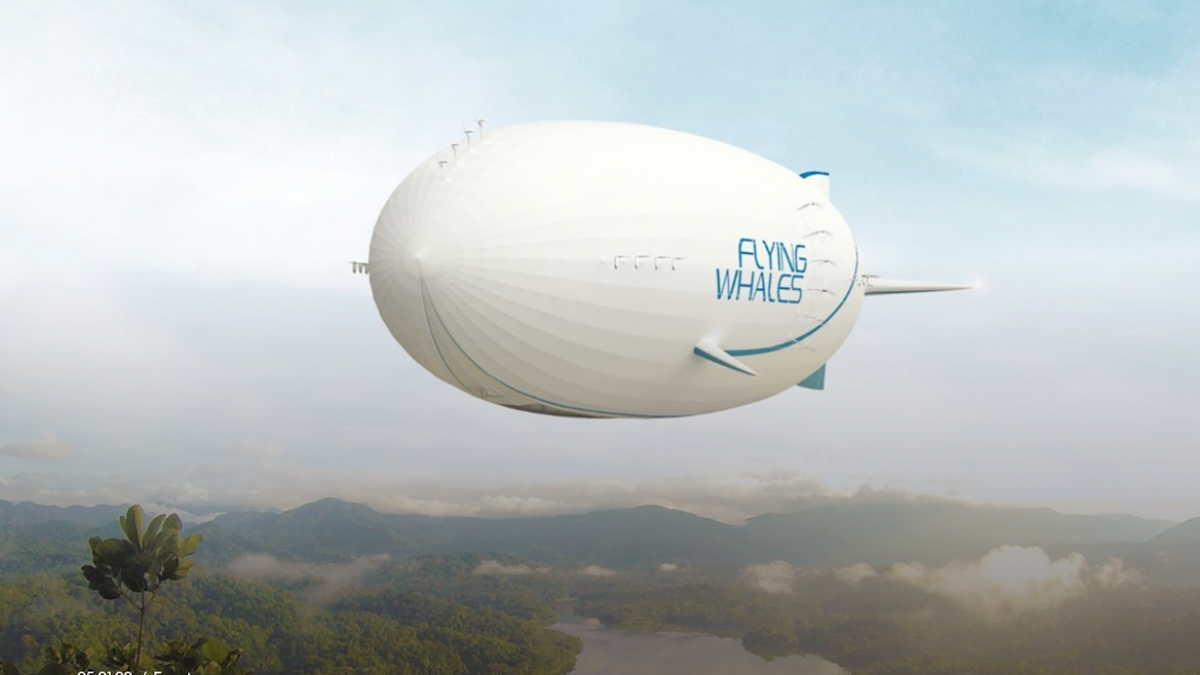The French aeronautical company, Flying Whales, hopes that their airship, which is partly powered by electricity and partly by helium, will revolutionize sustainable transportation.
Airship technology has been around for over 150 years and became popular in the early 1900s, transporting both passengers and cargo, according to CNN.
Interest in airships is increasing
Flying Whales‘ communications director, Romain Schlack, says that their airship can help solve the problem of how to transport goods to places that lack infrastructure.
“We are going to add new possibilities to global logistics, while overcoming obstacles and problems on the ground.” he told CNN.
Now, almost 90 years after the golden age of airships ended when the Hindenburg airship burst into flames in 1937, interest in transportation that is lighter than air has been revived.
Sustainable logistics solution
Airships have low carbon emissions and do not require expensive ground infrastructure such as roads and airports as they can be loaded and unloaded while in the air, making them a sustainable logistics solution.
Flying Whales is developing a 200-meter-long airship that will be lifted using 14 cells filled with helium gas and powered by a hybrid electric system fueled with sustainable aviation fuel.
The airships will be able to transport a payload of up to 60 tons and require at least two crew members. They have been designed to transport bulky items such as wind turbine blades and construction materials.
They can also transport food or aid after natural disasters when transport infrastructure is inaccessible.
Hydrogen or helium
Flying Whales claims that their airships are better than helicopters for remote cargo delivery and that their airships emit less carbon dioxide and leave the wilderness and countryside untouched.
There are also other companies, besides Flying Whales, trying to revive airships, such as LTA Research.
A key issue for airship manufacturers is whether to use hydrogen or helium. Hydrogen is cheap and has more lifting power, but it is highly flammable. Therefore, most, like Flying Whales and LTA, use helium, which is non-flammable but more expensive than hydrogen and has less lifting power, and its availability can also be limited.
